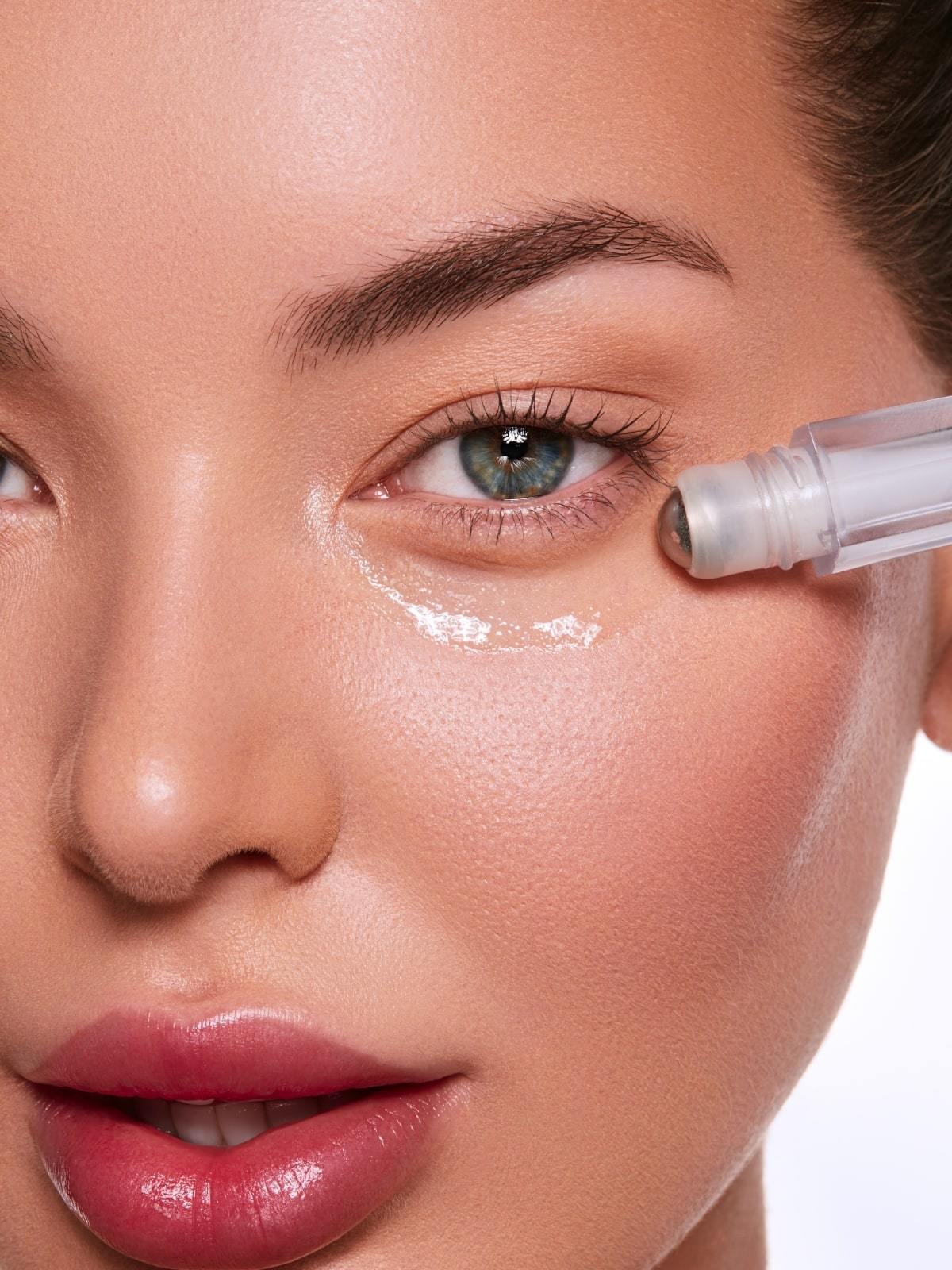Everything you need to know about liposuction
Everything you need to know about liposuction
Coralie Techer
We often hear about it without necessarily understanding its exact meaning, what is liposuction? Why resort to it and how? We tell you everything.
To perfect a silhouette, get rid of saddlebags or batwing arms... it is sometimes necessary to surgically remove excess fat! This is the whole purpose of liposuction. While it may be attractive in principle, liposuction is above all a cosmetic surgery procedure that should not be taken lightly. Before taking the plunge, you must be aware of all the ins and outs of this operation by consulting a surgeon, but above all, be certain of your decision.
Understanding what liposuction is
Liposuction (lipo = fat, suction = remove) is a surgical technique that consists of aspirating excess fat that is lodged in specific areas of the body in order to quickly reshape a silhouette. Also called liposculpture (recently) or liposuction, it is performed using a cannula inserted under the skin that will aspirate the excess fat without leaving a single scar! It was in the 80s that it saw the light of day, imagined in France by the French surgeon Yves Gérard Illouz, nowadays the practice is always provided by a health professional and requires outpatient hospitalization with local anesthesia or general anesthesia and social avoidance.

Why resort to liposuction?
Liposuction can be used when you want a harmonious silhouette. Liposuction removes excess fat from the thighs, stomach, arms, neck or even back bulges... Be careful, it is important to understand that this surgical technique will not strictly speaking help you lose weight! We can imagine liposuction as an eraser, which will erase the excess localized fat that spoils the harmony of a silhouette in order to give it a more shapely appearance. Liposuction also has the merit of boosting morale, since regaining a beautiful silhouette greatly contributes to self-esteem!
What area of the body can benefit from liposuction?
Liposuction can be performed on all areas that have excess fat, such as: the neck, chest, calves, stomach, thighs, lower abdomen, arms, thighs, knees, buttocks, saddlebags, hips, unsightly bulges, etc. Obviously, it is best to discuss with the surgeon which area to treat as a priority, although several areas can be treated at the same time.
How is liposuction performed?
First of all, you need to find the surgeon who will perform the liposuction. To do this, do not hesitate to visit several offices and ask for several quotes and choose the practitioner whose method resonates best with you. Once the surgeon and the office have been chosen, you must go through a consultation session to establish your needs: which area to treat? What is the expected result? Should we expect side effects? But also check with the patient's physical condition (allergies, medical history, etc.) before planning the operation. Following this consultation, if the surgeon considers that the operation can be carried out without any problems, a session is planned. Subsequently, a consultation with an anesthesiologist is essential in order to define the type of anesthesia that will be used during the procedure. Indeed, liposuction is an operation that requires local or general anesthesia depending on the person's needs.
When the day arrives, the patient is entitled to a room in the hospital where the procedure will be performed. In this room, he or she will then be asked to make himself or herself available before the start of the procedure. Sedatives can be given by the nurses in order to calm the state of anxiety that some patients may experience before the procedure.
- How much does liposuction cost? It all depends on the area that will be operated on. On average, you should expect to pay between €700 and €3,000 (for liposuction of the hips, for example), not including the first consultation with the surgeon (€50 and €150), and then there is the cost of the consultation with the anesthetist and the post-operative care prescribed... So plan for a generous budget!
How long does the procedure last?
Liposuction applied to a single area lasts on average 30 minutes. If the surgery deals with several areas of excess fat, the operation can last up to 2 hours or even slightly longer.

What to respect after the operation
After surgery, whether you have chosen to operate on one or more areas, you will need to respect certain points so that the result is as optimal as possible. A few hours after the operation, you must start by wearing a support panty (purchased in advance in your usual size), it will serve to support the liposuctioned areas. This "support pantyhose" will help to compress the treated areas and absorb the hematomas left after the passage of the cannula. It must be worn day and night for approximately 4 weeks.
Liposuction is an operation that involves social exclusion. Indeed, it is impossible to leave the operating room and return to your normal life two hours later. For at least a week, the body must be at rest, without professional and physical activity! Sudden movements and marked efforts must be avoided at the risk of increasing the pain caused by the operation. The first few days, the pain can be the equivalent of severe aches and pains. This is not surprising, since the body undergoes a shock between the insertion of the cannula and the removal of the fat, painkillers can therefore be prescribed. Note that on a physical level, traces may appear following the operation (bruises, bruises) and last between two and three weeks.
A follow-up consultation with the cosmetic surgeon takes place at the end of the first week following the operation. This consultation will allow the surgeon to examine the work and remove the sutures. In some cases, it is possible to undergo an abdominoplasty in order to tighten the sagging skin (especially in the belly) if the amount of fat removed was very large.
What about the result?

Liposuction is effective but it is not miraculous either. The final results are not visible immediately after the operation! You will have to wait at least a month before observing the first changes in your figure, but wait up to a year before having the final result you were hoping for. To optimize these results and ensure that you do not ruin the surgeon's work (and lose your money), during the year following the operation you must ensure that you have a balanced diet by following a specific diet.
You need to reduce or even stop smoking, start or resume regular physical activity and get regular massages such as lymphatic drainage for example... If liposuction was performed on the upper body (neck, nape, etc.) and you want to harmonize the result by maintaining the skin on your face, think about anti-dark circle moisturizing serums that lift the eyes! To go further, you can also extend your beauty routine with eyelash serums that lengthen and strengthen eyelashes for a doe-eyed look...
By definitively adopting this line of conduct, the results should be promising in the long term!
Are there any contraindications for liposuction?
As with any surgical procedure, liposuction also has its share of side effects and contraindications. Although it is quite rare to be unable to perform liposuction, the operation is not recommended for people suffering from serious illnesses such as cancer, HIV status, or severe mental disorders.




















